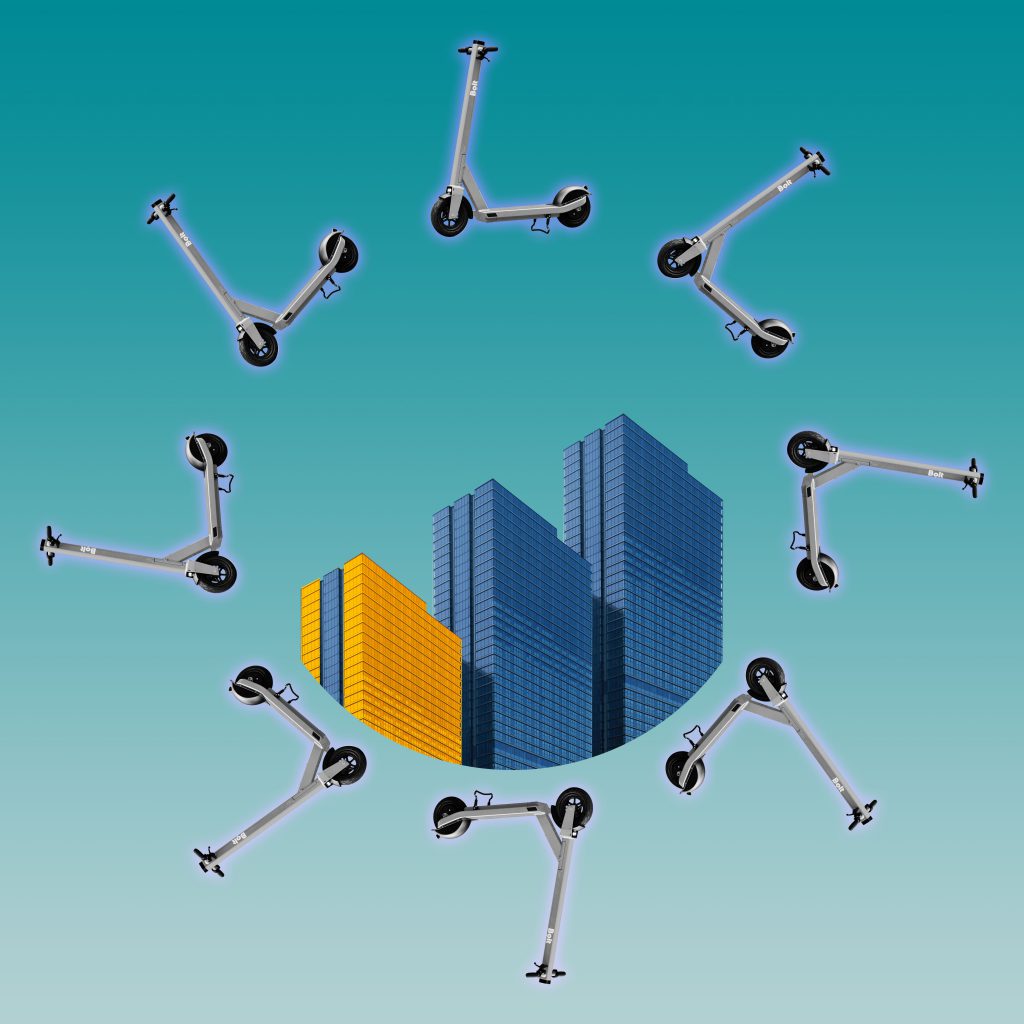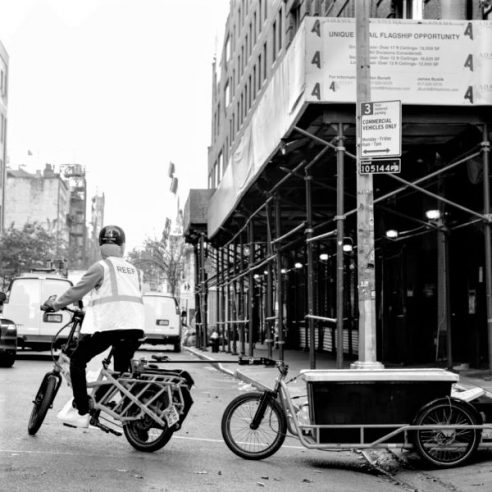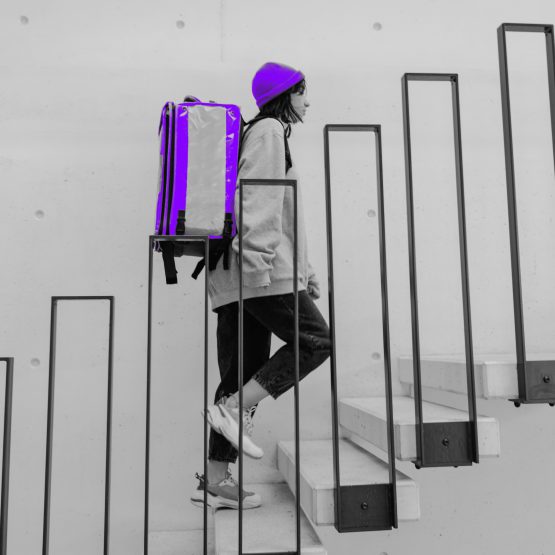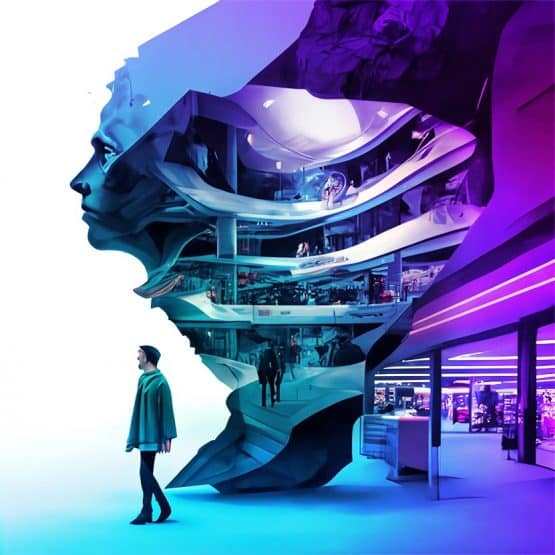Case
REEF
The technology company REEF built a proximity-as-a-service plattfrom which turns existing real estate into Neighborhood Hubs. Supported by various partners, REEF leverages parking lots and garages to connect people to locally curated goods, services, and experiences. By reimagining urban structures it provides a new and more sustainable blueprint for our cities – and lifes.
Interested in more inspiring cases?
Check out our published editions to dive deeper into the spheres of Reframing Retail.





